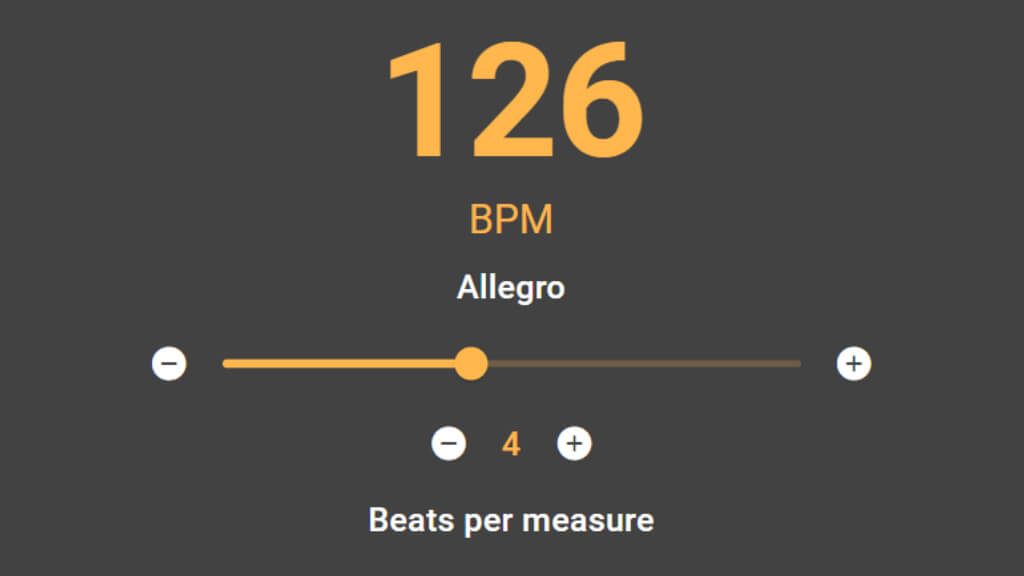Formula and Structure of the F#m13 Chord
Interval formula from the root note: 1 — b3 — 5 — b7 — 9 — 11 — 13. The chord consists of the following notes:
- Gb — unison and the main tonal anchor.
- A — minor third with a melancholic character and gentle lyricism.
- Db — perfect fifth, stabilizing the triad and adding tonal grounding.
- E — minor seventh with dominant pull toward the tonic.
- Ab — major ninth, opening the top line and adding airiness to the texture.
- B — eleventh with a spicy fourth above the octave, best voiced apart from the third.
- Eb — thirteenth with a warm sixth above the octave, sounding beautiful in the top voice.
Together, these notes form the harmonic foundation of the F#m13 chord, defining its sound and role in the musical context.
Alternative Names for the F#m13 Chord
There are no alternative names for this chord.
Using the F#m13 Chord
Keep the 13 and 9 in the top voices, alternating them to enliven the melodic line. Maintain a light bass — the minor quality already provides density. Use in slow ballads, neo-soul, and jazz verses. In slow arpeggios, the 13 is especially expressive if you slightly boost its dynamics.
Conclusion
F#m13 is an expressive and versatile chord. Learn several fingerings, experiment with different positions and voice spacing, then try weaving it into your own playing — this will help you quickly find your unique tone.













